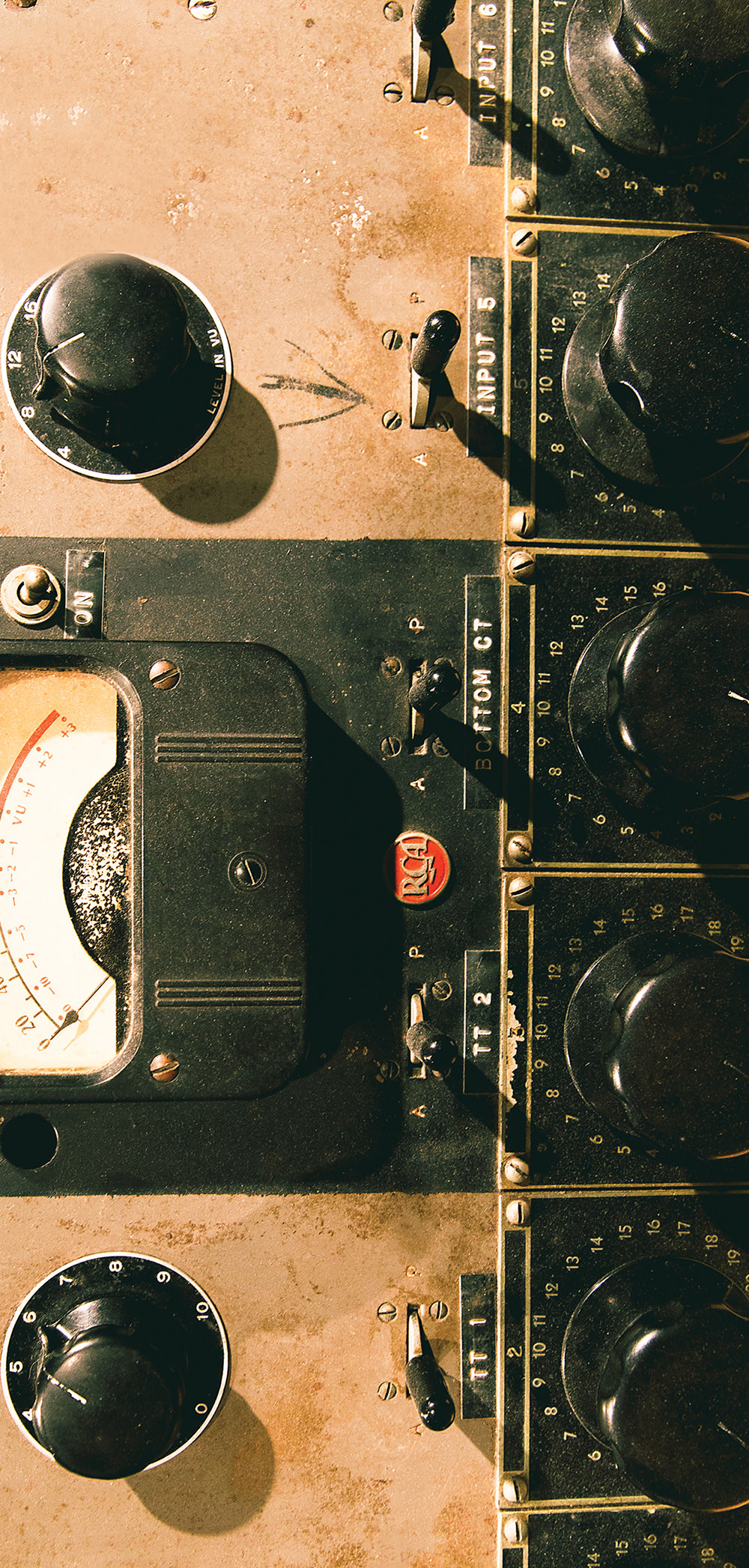A few years back, I found myself on the prowl for a true analog drum machine. I had not owned a capable, dedicated drum machine since my E-MU Systems Drumulator went belly-up some time ago (or arguably since I sold my last Akai MPC 2000). And outside of the odd Ace Tone Rhythm Ace or Korg MiniPops, I've never owned a genuinely analog drum machine capable of sequencing or discrete voicing, so I weighed my options. The Dave Smith Instruments Tempest seemed brilliant but pricey, and other analog (or hybrid-analog) drum machines either struck me as too limited in their form factors or capabilities, or were just out of reach for what I deemed a reasonable budget. It’s hard to justify spending thousands on a beat-up Roland TR-808 or Sequential Circuits Drumtraks when those boxes won’t see as much studio service as say, a new set of Coles 4038 [Tape Op #15] ribbon mics or what have you... Anyway, I picked up a second-hand Arturia DrumBrute some time ago, and was impressed by its immediacy – it was easy to program, super fun to play, responsive and had some great sounds.
But, in the chase for big, nasty, punchy sounds, the original DrumBrute’s core kick and snare sounds left me a little underwhelmed at times. While its sequencing and variety of sounds were genuinely punching way above its weight, the DrumBrute, through no real fault of its own, ultimately left my desktop and fell into that dreaded “shelf of shame” present in just about every studio – that dusty, dimly lit place where otherwise great gear falls into disuse. I would dig it out on occasion to sync it up to some modular gear and effects for late night jams, but I never seemed to fully embrace it within a mix unless I had added a little bit of distortion or tape grit. Oddly, for an all-analog machine, I found its kick and snare sounds a bit too clean.
Cut to the arrival of the smaller (and decidedly nastier) DrumBrute Impact. Directly comparing the Impact to its big brother reveals a distillation of what made the original great; instant playability, outrageous sequencing options, and modern connectivity housed in an ergonomic (read: tweakable) surface. In my opinion, the Impact differentiates itself with three very muscular sounds: the kick, the snare, and the FM Drum. The kick and snare, primarily when used with the new “Color” per-step-per-sound voicing are, well, brutal – Just downright nasty sounding! This statement is, of course, a sincere compliment. I love the kick and snare on this little DrumBrute! Overall, the sounds here are propulsive and ballistic in a style that sets this drum machine up to be just as much of a “modern classic” as its big brother. Plus, all of the live-sequencing tweaks and controls from the big DrumBrute are present on this new version as well.
The FM Drum can generate wildly complex percussive sounds via its two oscillators (carrier pitch and modulation signal). From pulsing, weird pitched bass tones to discordant snaps – all of it is available in this section. I found myself having both the most satisfying and most frustrating experience with the FM Drum; satisfying in its flexibility and depth or variety, yet frustrating in that the pitch of this drum can’t be sequenced or otherwise set to automation. I know this is a drum machine and isn't meant to serve as a pitched synth, but I’m hoping someone more electrically adventurous than I will find a hack or circuit bend to introduce a CV input for this section.
While the original DrumBrute had the Arturia/Steiner-Parker filter over the master output, the Impact has a nice distortion circuit (which can be bypassed altogether, or via the four individual voice outputs). The distortion augments the fierce character of this drum machine, and although I found myself using it quite often, I gotta be honest: I kinda miss the filter section! You can’t have it all, of course, and I have to concede that these unique designs of the master output are part of what distinguishes each DrumBrute from its sibling.
There are fewer instruments to be had on this junior DrumBrute (10 total versus 17 on the original), but I certainly didn’t find myself feeling limited in programming complex or textural beats. And with the addition of the FM Drum voice, I didn’t miss those additional sounds. One thing I do miss from the original DrumBrute (aside from that beautiful filter) is having separate outputs available for every voice (12 individual outs on the big Brute vs. only four on the Impact). Given this limitation, it might have been nice to have the ability to invert the distortion output from the master section so that it was applied only to the four individual outs. In practice, the routing is such that you can only bypass the distortion on the kick, snares, hats, or FM drum (you can bypass distortion altogether, of course, just like the filter on the original DrumBrute).
The only other minor critique I have is with the housing design – although some found the original’s wood sides (actually MDF with simulated wood veneer) a little cheap feeling, I liked the classic look, and one could always source real wood sides if you wanted to get extra fancy pants. The DrumBrute Impact, however, has an all-plastic design, with an odd, angular orange strip under either side. Although I guess it potentially adds grip or something, it doesn’t strike me as a design choice that will age particularly well. I’d prefer lobbing those sides off and fashioning some nice wooden ends pieces, but hey, this is all just frivolous fussiness – indeed, I would not care a smidge if this drum machine was painted Fratboy Barf Green with sport stripes. It sounds tough as hell and is brutally fun to play, and that’s all that matters at 2 a.m. in a dimly lit control room, right? Right.




_disp_horizontal_bw.jpg)